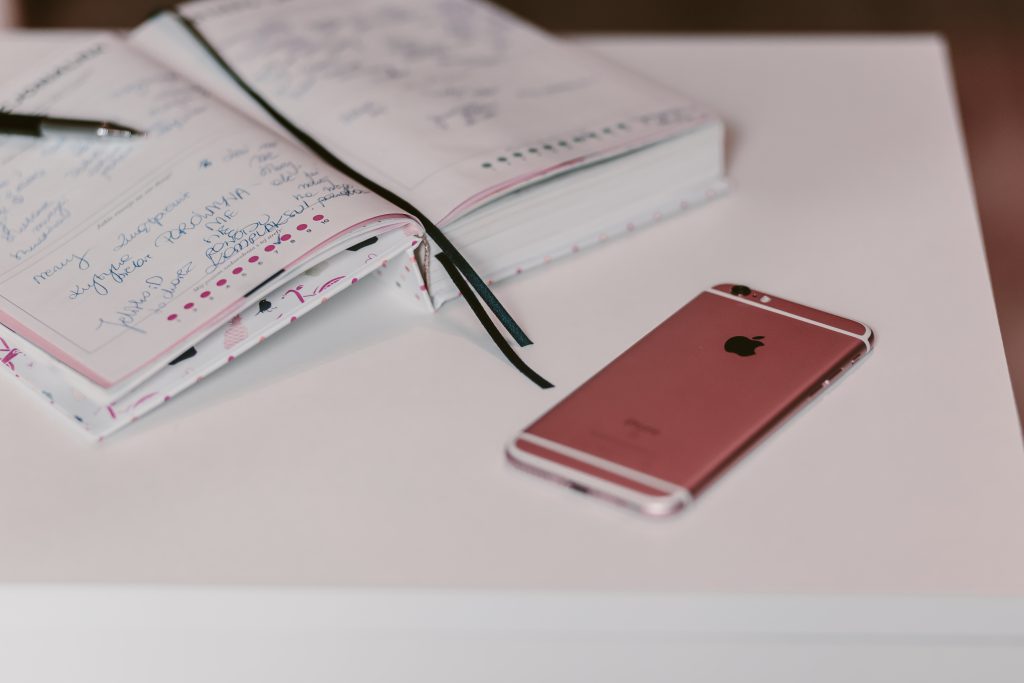The Influence of Agile Layout on Modern Product Growth
페이지 정보

본문
Intro
Today's fast-paced market demands flexibility, and Agile design thinking Style is at the leading edge of developing user-centered, adaptable items. By merging dexterous methodologies with a design-led attitude, Agile Style urges teams to generate items faster, enhance for top quality, and adapt to user requirements. Companies seeking to remain competitive advantage significantly from embracing Agile Style concepts.
Agile Layout Explained
Agile Layout integrates active experiment style reasoning. It leverages the nimble advancement structure's iterative approach, prioritizing quick feedback cycles and user-focused changes. This structure enables layout and growth teams to evaluate, adapt, and enhance their items effectively.
Core Aspects of Agile Design
Empathy for Users: A fundamental facet of Agile Style is compassion, making certain that items address users' real needs. This mindset drives the entire design procedure.
Prototyping and Evaluating: By developing quick models, teams can quickly verify concepts. Evaluating these models aids them make changes, which can lower the probability of expensive blunders.
Collective Society: Agile Design prospers on a joint setting. Cross-functional teams, including designers, developers, and stakeholders, collaborate to make informed decisions.
Versatility: Agile Design emphasizes the capability to pivot and make modifications as insights from screening and customer comments come in.
Benefits of Utilizing Agile Style
Agile Style accelerates development timelines, permitting groups to quickly release versions that can be iterated upon. This process develops a much faster course to customer responses, boosting the item's functionality and importance.
Steps to Implement Agile Style
To begin, bring all groups with each other from the task's inception. Use short style sprints to concentrate on particular functions, allowing quick prototyping and feedback. This technique will result in a product that is not just functional however also user-centric and premium.
Today's hectic market needs adaptability, and Agile Design is at the center of developing user-centered, flexible products. By combining dexterous methods with a design-led state of mind, Agile Style encourages groups to produce items quicker, enhance for high quality, and adjust to individual needs. Companies seeking to remain competitive benefit substantially from taking on Agile Layout concepts.
 Agile Design integrates nimble techniques with style thinking.
Agile Design integrates nimble techniques with style thinking.
Today's fast-paced market demands flexibility, and Agile design thinking Style is at the leading edge of developing user-centered, adaptable items. By merging dexterous methodologies with a design-led attitude, Agile Style urges teams to generate items faster, enhance for top quality, and adapt to user requirements. Companies seeking to remain competitive advantage significantly from embracing Agile Style concepts.
Agile Layout Explained
Agile Layout integrates active experiment style reasoning. It leverages the nimble advancement structure's iterative approach, prioritizing quick feedback cycles and user-focused changes. This structure enables layout and growth teams to evaluate, adapt, and enhance their items effectively.
Core Aspects of Agile Design
Empathy for Users: A fundamental facet of Agile Style is compassion, making certain that items address users' real needs. This mindset drives the entire design procedure.
Prototyping and Evaluating: By developing quick models, teams can quickly verify concepts. Evaluating these models aids them make changes, which can lower the probability of expensive blunders.
Collective Society: Agile Design prospers on a joint setting. Cross-functional teams, including designers, developers, and stakeholders, collaborate to make informed decisions.
Versatility: Agile Design emphasizes the capability to pivot and make modifications as insights from screening and customer comments come in.
Benefits of Utilizing Agile Style
Agile Style accelerates development timelines, permitting groups to quickly release versions that can be iterated upon. This process develops a much faster course to customer responses, boosting the item's functionality and importance.
Steps to Implement Agile Style
To begin, bring all groups with each other from the task's inception. Use short style sprints to concentrate on particular functions, allowing quick prototyping and feedback. This technique will result in a product that is not just functional however also user-centric and premium.
Today's hectic market needs adaptability, and Agile Design is at the center of developing user-centered, flexible products. By combining dexterous methods with a design-led state of mind, Agile Style encourages groups to produce items quicker, enhance for high quality, and adjust to individual needs. Companies seeking to remain competitive benefit substantially from taking on Agile Layout concepts.
 Agile Design integrates nimble techniques with style thinking.
Agile Design integrates nimble techniques with style thinking.- 이전글9 Things Your Parents Taught You About Locksmith Near Me For Cheap 25.01.03
- 다음글What's The Current Job Market For 3 Wheel Jogger Stroller Professionals? 25.01.03
댓글목록
등록된 댓글이 없습니다.






